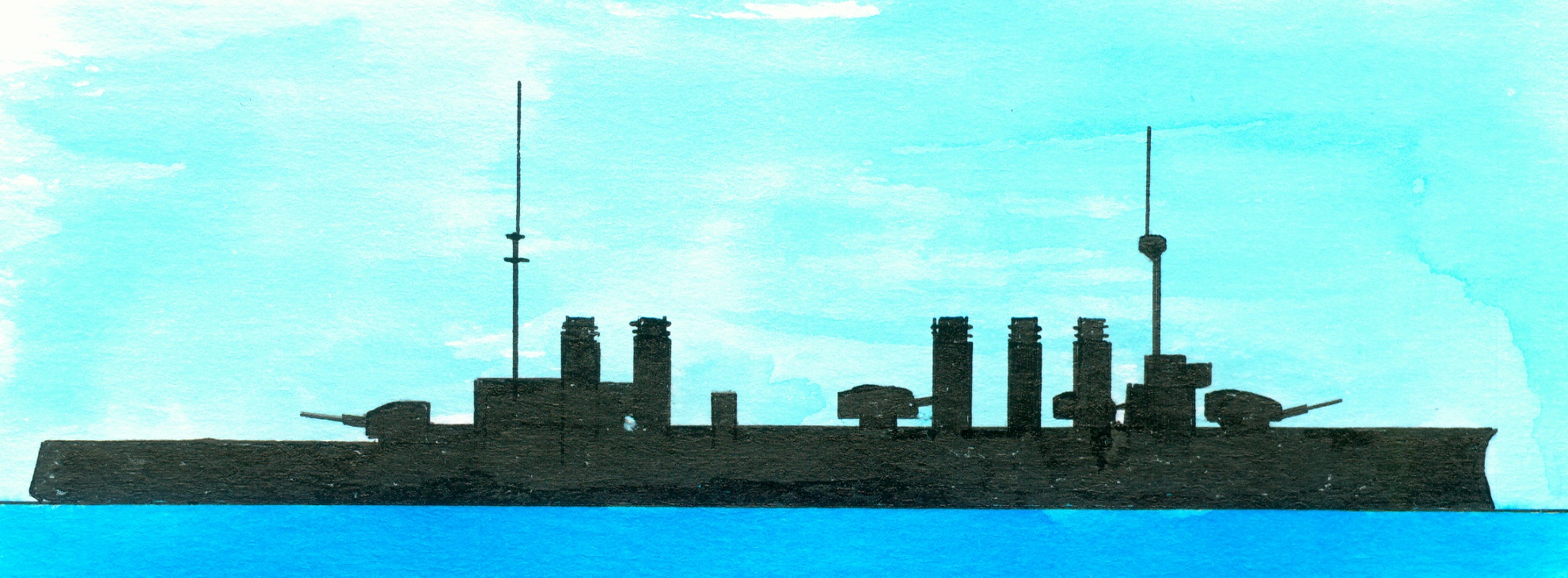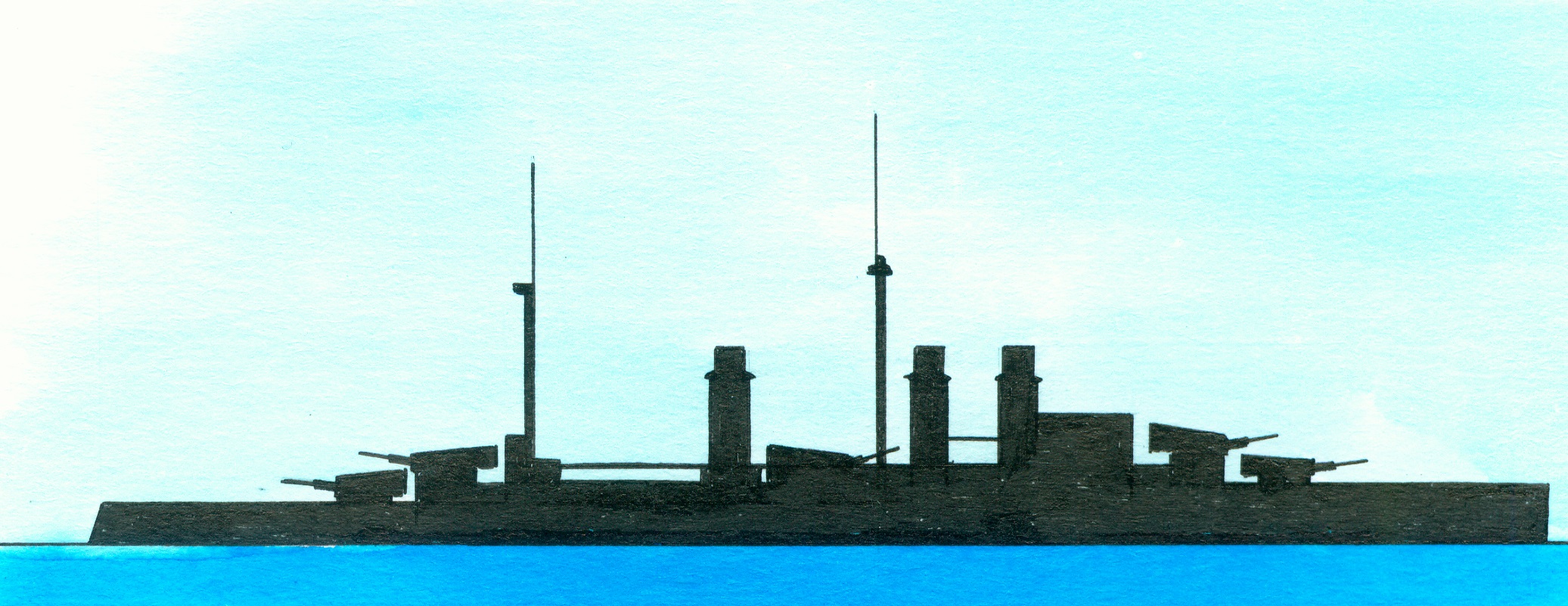Danton-class
Courbet-class
Bretagne-class
Laid down at the F.C. de la Mediterranee, La Seyne-sur-Mer on 10 November 1911, launched on 28 September 1912, commissioned on 1 August 1914, modernized 25 October 1922-25 November 1923, 16 August 1927-15 January 1929 and 1 July 1934-21 May 1935, school ship since 1 October 1931, rearmed as a result of the German invasion of France on 10 May 1940, seek refuge in England in June 1940, sized at Plymouth by the British government on 3 July 1940, used since then by the British navy as depot ship and by the Polish navy as barracks, towed to Brest, France and used there as depot ship since July 1945 and finally sold to be broken up on 21 December 1955 which was executed at La Seyne from June 1956 on. .
Of the Courbet-class consisting of the Courbet, Jean Bart, Paris and France preceded by the Danton-class and succeeded by the Bretagne-class. General technical specifications of the Courbet-class. With a displacement of 23.475 tons/21.104 tons (standard)-25.579 tons/25.175 long tons (full load) and with as dimensions 166 (over all) x 27 x 9,04 (fore normal load) metres or 544.7 x 88.7 x 29.8 feet. The four direct-drive Parsons-steam turbines and 24 boilers (8 small in rear boiler room and 16 large in 2 boiler rooms fore) supplied via 4 shafts 28.000 ihp allowing a speed of 21 knots (trials) and with a speed of 10 knots and a bunker capacity of 2.743 tons and 921 tons fuel oil a range of 4.200 nautical miles. The crew numbered between 1.115-1.187 men. The armour consisted of a 18-27c,/7.1-10.6 thick belt, a 3-7cm/1.2-2,8” thick deck with the gun turrets, barbettes and conning tower protected by respectively 25-29cm/9.8-11.4”, 28cm/11.0’ and 30cm/11.8”. None anti torpedo-bulkhead. The armament consisted of 6x2-30,5cm/12” Mle 1910 45 cal guns, 22x1-13,8cm/5.4 Mle 1910 guns, 4x1-4,7cm/1.9” guns and 4-45cm/17.7” torpedo tubes. Quite wet ships when used while the fore turrets caused a bow-heavy ship.



